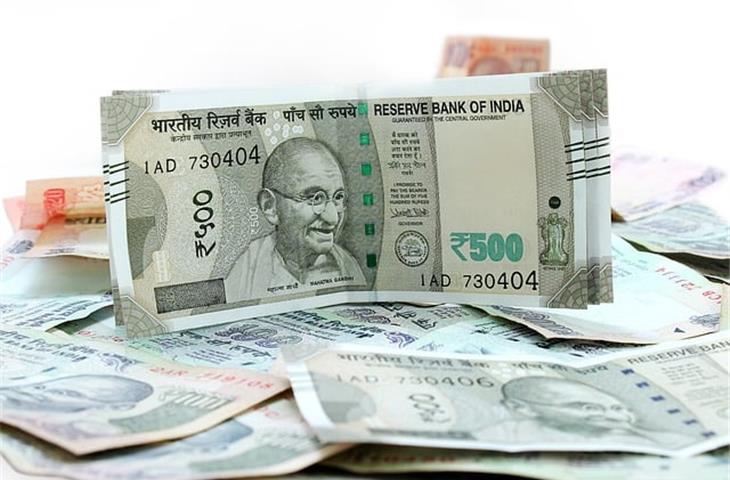At present, the Al Rajhi Bank has released its exchange rate for Indian Rupees, an indispensable statistic for those conducting international exchanges or merely staying apprised of currency shifts. This discourse aims to dissect the intricacies of the prevailing exchange rate, its repercussions, and its bearing on diverse facets of monetary dealings.
1. Comprehending the Al Rajhi Bank Exchange Rate Today

The prevailing exchange rate of the Al Rajhi Bank pertaining to Indian Rupees is currently pegged at [insert current rate]. This rate emerges from a myriad of elements, encompassing global economic landscapes, market demands and supplies, coupled with the bank’s intrinsic standards and computations.
2. Consequences for International Transactions

The existing exchange rate carries substantial implications for individuals and corporations engaged in international transactions. For instance, those remitting funds to India or investing in Indian assets must be cognizant of the exchange rate to assess the worthiness of their transactions.
3. Elements Shaping the Exchange Rate

A multitude of elements shape the exchange rate between two currencies. These encompass economic stability, interest rates, inflation, and political occurrences. Grasping these elements can assist individuals in making more judicious fiscal choices.
4. Tactics for Surviving Exchange Rate Fluctuations
Given the unpredictability of exchange rates, it is imperative for individuals and corporations to devise tactics for surviving fluctuations. This may entail securing rates beforehand, diversifying investments, or utilizing financial instruments such as forwards and options.
Comprehending the Al Rajhi Bank Exchange Rate Today
The current exchange rate for Indian Rupees at the Al Rajhi Bank is [insert current rate]. This rate mirrors the market’s evaluation of the value of the Indian Rupee vis-à-vis the Saudi Riyal, the currency employed by the Al Rajhi Bank.
The exchange rate is shaped by a plethora of elements. One of the paramount is the supply and demand dynamics within the foreign exchange market. If there is heightened demand for Indian Rupees, the exchange rate will escalate, fortifying the Rupee. Conversely, an augmented supply of Rupees will precipitate a weaker exchange rate.
Another pivotal element is the economic stability and growth prospects of the nations implicated. A robust economy, diminished inflation, and elevated interest rates can render a currency more appealing to overseas investors, thereby augmenting its value.
Consequences for International Transactions
The current exchange rate bears several consequences for international transactions. For instance, should you be remitting funds to India, the reduced exchange rate implies you will receive fewer Rupees for your Saudi Riyals. This can influence the expense of goods and services, as well as the overall investment returns.
For corporations, the exchange rate can sway profitability. For instance, if a firm in Saudi Arabia imports goods from India, a weakened Rupee will escalate the cost of these imports, potentially impacting the company’s net income.
Elements Shaping the Exchange Rate
Several elements shape the exchange rate between two currencies. These comprise:
1. Economic Stability: Nations with stable economic conditions, minimal inflation, and robust growth prospects typically possess stronger currencies.
2. Interest Rates: Elevated interest rates can allure foreign investment, fortifying the currency.
3. Inflation: Heightened inflation can erode the value of a currency.
4. Political Events: Political instability can instigate currency fluctuations as investors respond to alterations in the political terrain.
Tactics for Surviving Exchange Rate Fluctuations
Given the volatility of exchange rates, it is vital to have tactics in place for surviving fluctuations. Below are some strategies:
1. Forward Contracts: These enable you to secure an exchange rate for a future date, safeguarding you from fluctuations.
2. Diversification: Dispersing investments across different currencies and assets can aid in mitigating the impact of exchange rate fluctuations.
3. Currency Hedging: Utilizing financial instruments like options and swaps can shield against unfavourable currency movements.
4. Monitoring Economic Indicators: Keeping tabs on economic indicators can facilitate anticipation of currency movements and inform decision-making.
In summation, comprehending the Al Rajhi Bank exchange rate for Indian Rupees today is crucial for individuals and corporations conducting international transactions. By grasping the elements that influence exchange rates and possessing tactics for navigating fluctuations, one can make more discerning financial decisions.
